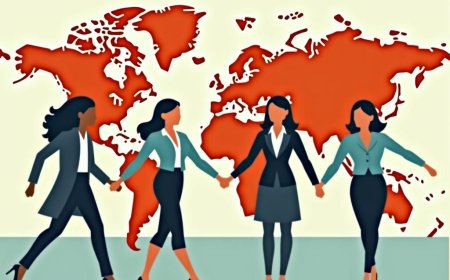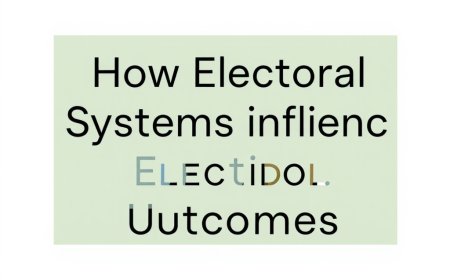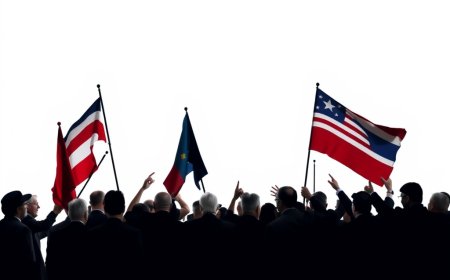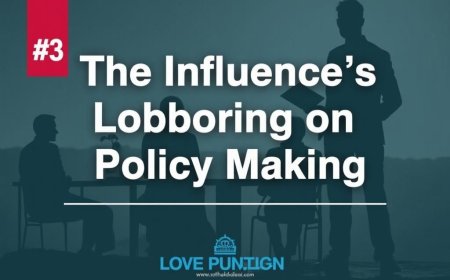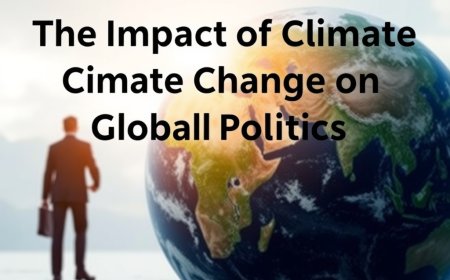Understanding Political Polarization in the 21st Century

Political polarization in the 21st century has become a pressing concern that is reshaping the political landscape in many countries around the world. The divide between left and right, conservative and liberal, has deepened, leading to increased hostility and ideological clashes.
One of the key drivers of political polarization in the 21st century is the rise of social media. Platforms like Facebook and Twitter have created echo chambers where people are exposed only to views that align with their own, reinforcing their beliefs and isolating them from opposing perspectives.
Another factor contributing to political polarization is the increasing influence of extremist groups on both ends of the political spectrum. These groups often use fear-mongering tactics and divisive rhetoric to sway public opinion and further widen the ideological gap.
The consequences of political polarization are far-reaching, affecting not only the political process but also societal cohesion and individual well-being. Polarized societies are less able to find common ground and work together towards shared goals, leading to gridlock and dysfunction in government.
Individuals living in polarized societies may also experience heightened levels of stress and anxiety, as they feel pressured to conform to a particular ideology or risk being labeled as the enemy. This can have negative effects on mental health and overall quality of life.
Addressing political polarization in the 21st century requires a multifaceted approach that involves promoting dialogue, fostering empathy, and combating misinformation. By encouraging open-mindedness and critical thinking, societies can work towards bridging the divide and creating a more inclusive and harmonious political environment.








